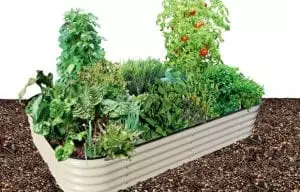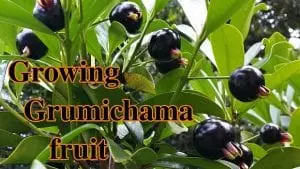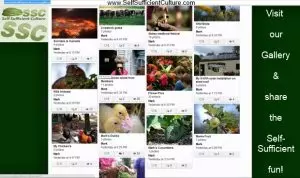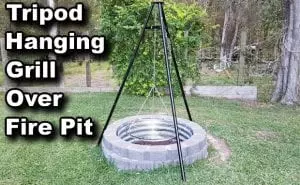Container gardening is not rocket science!
All that you need are four simple things: containers, soil/growing medium, plants, and water (ok and maybe some plant food occasionally) so let's make it "five". That’s it! Basically, it is not too different from typical gardening, which you can do in a normal garden bed. Most veggies that can grow in a conventional garden can also be grown as container garden vegetables.
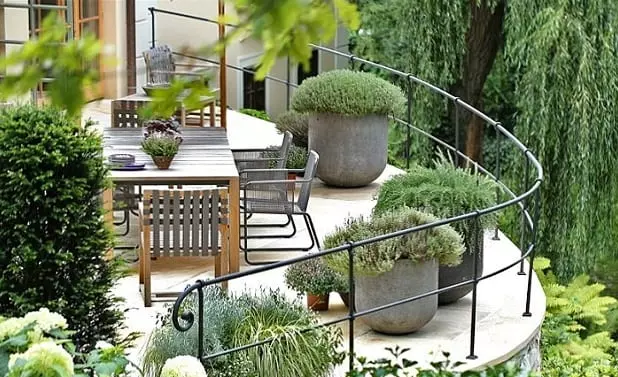
However, you do need to consider some things before starting your container garden; therefore, in order to keep the plants alive and fresh, remember the following effective container gardening ideas:
Size of the containers
Large containers are nearly always more useful to grow plants than the smaller ones. When it comes to container gardening larger pots are generally better for seed sowing and plant growth. It’s because the large containers can hold more soil which can remain moist for a longer period of time and resist high fluctuations in temperature. So, try to choose containers which are larger in size, or as large as you can manage for the space you have, as this will help you grow better overall.

Drainage facility of the containers
When you are looking for a container to buy or use (as in recycle), it is crucial that you ensure the vessel has drainage holes in the base. If there’s no proper drainage then it is likely that the soil will become waterlogged and the plants will eventually die. The holes don't need to be very large but they should be sufficient in numbers so that the excess water can easily drain out.
The best way to use a container that won't leak over the floor is using a cachepot (a decorative container with not drainage holes) to simply cover or hide the plain pot. A catchment tray placed under a container is another way to stop water from going everywhere. If your intention is to grow and eat your own fresh container garden vegetables which can be heavy and large plants then you might like to try cachepots as they can be really useful as wicking devices as well as look great.
Preparing the container
It is true that containers become heavy when they are filled with soil. So, it is smart to decide beforehand where your container gardening pots will be placed. Once you know that, move them into that location before you start planting or filling. Positioning large containers first is one of the best container gardening ideas you can do to save your back and make the whole process easier.
Another tip related to positioning is if you feel that you won’t be able to keep them watered regularly then keep the containers in such a place where they can receive morning sun but get the shade when the sun is scorching just above the head. This will decrease the amount of natural evaporation from the pots and watering will be required less often.
On the other hand, don’t cover the holes in the pots with any pot shard or gravel before putting the potting mix into it thinking that this may save water because this kind of method may impede drainage and the pot shards might end up blocking the holes thereby waterlogging the plant roots.
Material for the container
Well, there are several common types of materials that containers can be made of and there are plus or minuses for each so let’s check out some of the most well-known types of materials for containers.
Clay or Terracotta
Clay or terracotta containers are definitely the most attractive ones but they're breakable and can be easily damaged by freezing and thawing. If you reside in the northern areas (of Europe as an example) then you need to store such a container in a spot where it won't freeze or be exposed to constant highs and lows. Unfortunately, this means these types of pots (if in very cold areas) are not suitable for hardy perennials or shrubs, which are kept outdoors all year and are more suited to plants that also require mild temps.
Clay or terracotta pots are also quite heavy so if they do need to be moved this should be taken into consideration. That said, clay or terracotta containers are very popular around the world and for good reason – they look good, protect plant roots from extremes better than most other materials, and are long lasting!
Cast Concrete
Speaking of longevity, concrete is one of the most long-lasting materials for containers and it comes in a range of styles and sizes. Containers made from this material can be easily kept outside in the elements, such as in constant direct sunlight, without deteriorating too quickly. So, if you are requiring a container garden for sun-loving plants like vegetables which do best with prolonged sunlight then opt for it.

Plastic
Plastic containers are lightweight and are an affordable way to build a container garden. Conveniently, you can get plastic containers in a wide range of sizes, shapes, and colours to suit your needs. The stout and flexible containers (preferably UV treated/protected) are the best and avoid the thin, stiff ones if possible as they might otherwise become brittle in extreme elements or over time.
Opting for the right plant
Finally, choosing the right plants for your container garden will help tremendously as some plants are not suitable for containers.
Thankfully, most of the common vegetables, flowers, herbs, and small shrubs can grow in containers and some of the more popular ones are the dwarf or compact cultivators. Also, for best results select such plants that suit your climate and/or grow annuals at the right time of year.
A trick for growing fragrant plants is to keep the containers in such a place where it will not get exposed to too much wind (such as a breezy walkway) as the smell will get dispersed too easily. Alternatively, try placing flowering plants in courtyards or sheltered areas where they can not only be visually enjoyed but also fragrantly stimulating!
Container gardening really is something special because whether you have space or not for a full sized garden you can always find room for a few containers and still grow plants.
Author Bio:
Lyuthar Jacobs is working as a blog editor at Dealslands UK. He is the type of geek who loves to write different categories such as technology, lifestyle, fashion,
saving money, gardening etc so hopefully you enjoyed his above post sharing information about things to consider before building a container garden.

